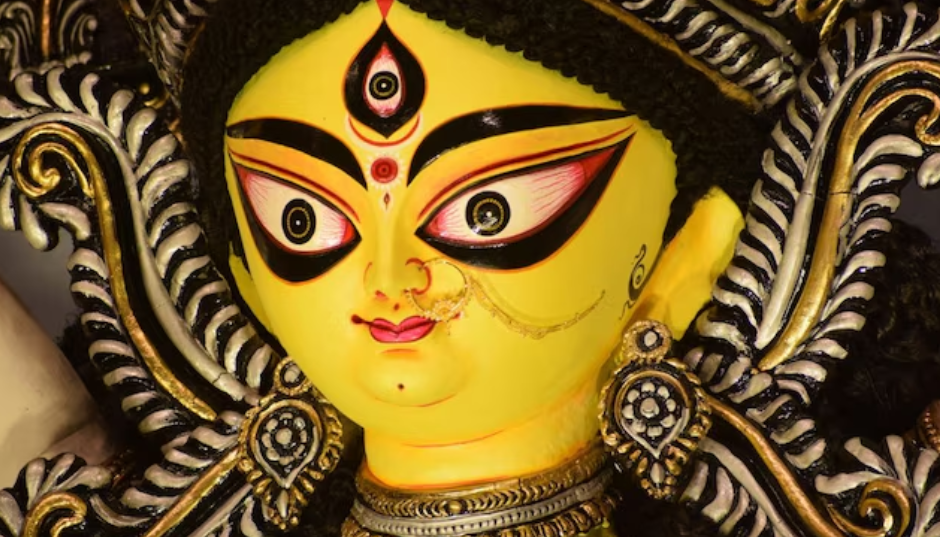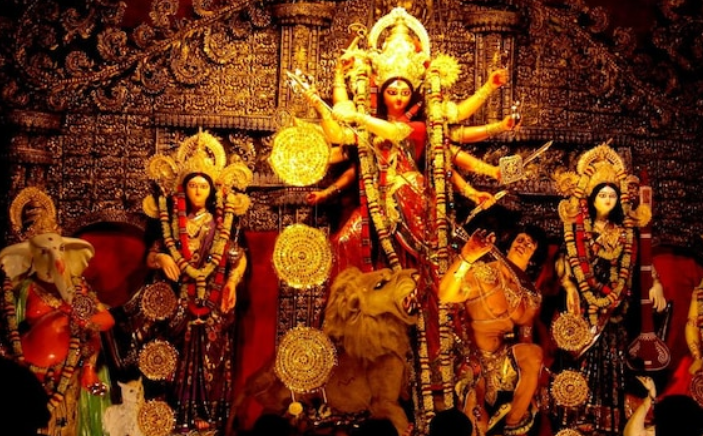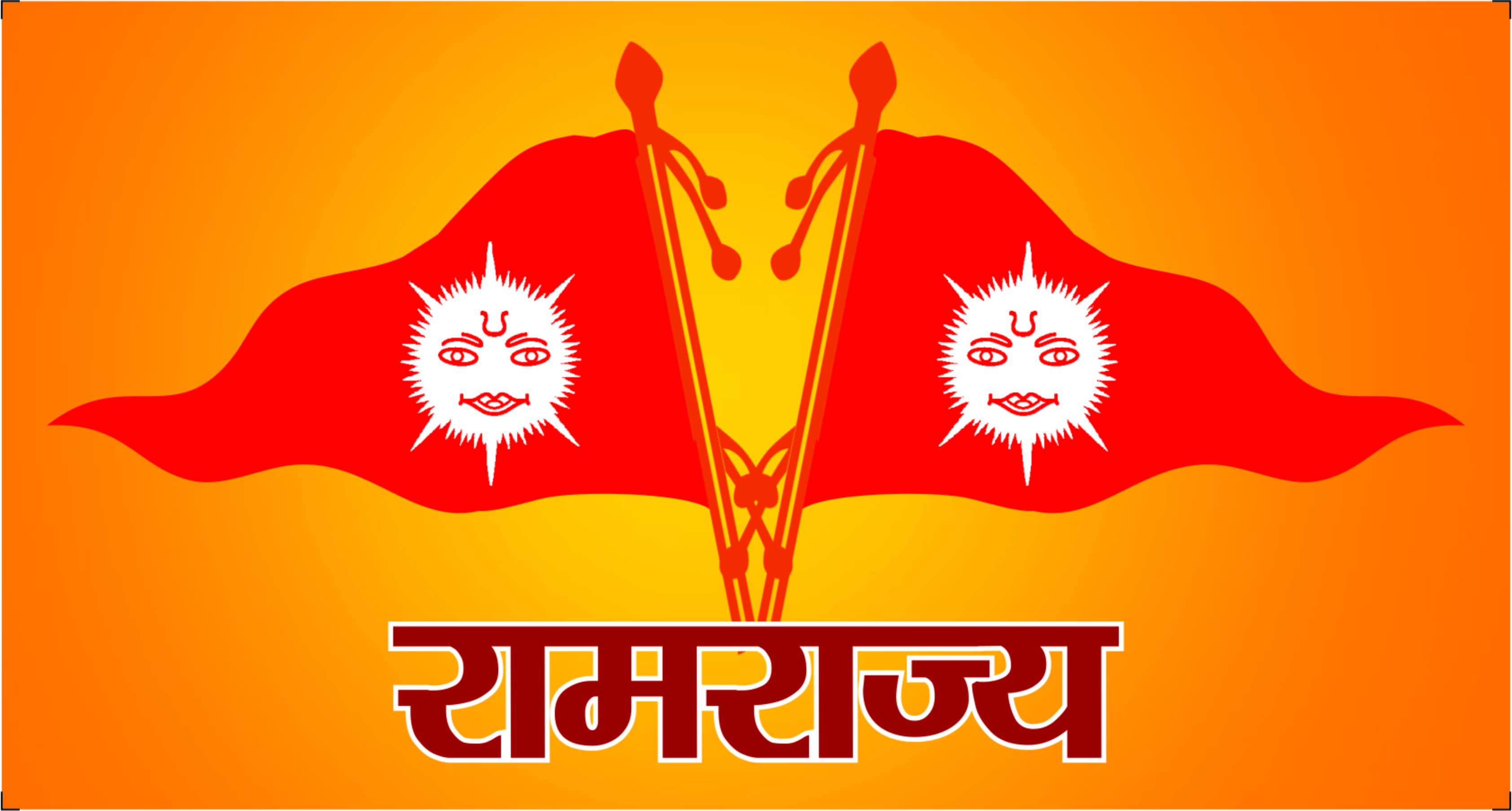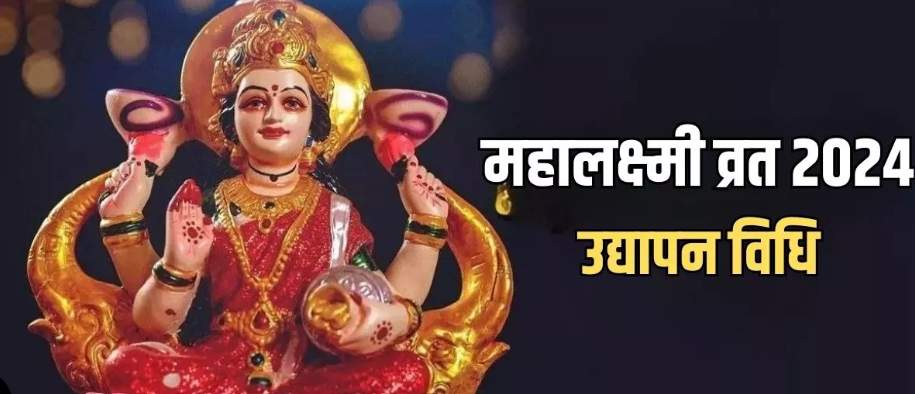Shardiya Navratri, also known as Shard Navratri, is one of the most important Hindu festivals dedicated to the nine forms of Goddess Durga. Celebrated across India, this nine-day festival takes place during the lunar month of Ashwin, typically between September and October in the Gregorian calendar.
Among the four Navratris observed throughout the year—Magha (winter), Chaitra (spring), Ashadha (monsoon), and Sharad or Shardiya (autumn)—Shardiya Navratri holds the highest significance and is often referred to as Maha Navratri.
Origin and Significance
The festival culminates on the tenth day with Dussehra, also known as Vijaya Dashami, marking the end of the celebrations. This period commemorates Goddess Durga’s nine-day battle with the demon Mahishasura, which ends with his defeat on the tenth day, symbolizing the victory of good over evil. Dussehra also celebrates Lord Rama’s victory over the demon king Ravana, symbolizing righteousness. In 2024, Shardiya Navratri will conclude on Saturday, October 12, with Dussehra being observed on the same day.


Dates and Rituals for Navratri 2024
Navratri 2024 will be celebrated from October 3 to October 12, and each day is marked by special rituals and devotion:
October 3 (Thursday): The festival begins with Ghatasthapana and Shailputri Puja, associated with the color yellow.
October 4 (Friday): Chandra Darshana and Brahmacharini Puja are observed, represented by green.
October 5 (Saturday): Sindoor Tritiya and Chandraghanta Puja take place, with grey as the symbolic color.
October 6 (Sunday): Vinayaka Chaturthi is celebrated, and the associated color is orange.
October 7 (Monday): Kushmanda Puja and Upang Lalita Vrat occur, with devotees wearing white.
October 8 (Tuesday): Skandamata Puja is marked by the color red.
October 9 (Wednesday): Saraswati Avahan and Katyayani Puja are observed, with royal blue as the theme.
October 10 (Thursday): Saraswati Puja and Kalaratri Puja take place, represented by pink.
October 11 (Friday): Durga Ashtami, Mahagauri Puja, and Sandhi Puja are performed, with purple as the associated color.
October 12 (Saturday): The festival concludes with Ayudha Puja, Navami Homa, Vijayadashami, and Durga Visarjan.
For Vijayadashami, the Dashami Tithi begins at 10:58 AM on October 12 and ends at 9:08 AM on October 13. The Shravana Nakshatra starts at 5:25 AM on October 12 and ends at 4:27 AM on October 13. The auspicious Vijay Muhurat is from 2:03 PM to 2:49 PM on October 12, while the Aparahna Puja is scheduled between 1:17 PM and 3:35 PM on October 13.
Spiritual Significance
Navratri honors the nine forms of Goddess Shakti, with each day dedicated to a different incarnation of Durga, such as Shailaputri, Brahmacharini, and Chandraghanta. The festival represents the triumph of good over evil and teaches moral values like courage, virtue, and devotion.
Devotees often fast during the festival, either for the entire nine days or on the first and last two days, believing that sincere worship will fulfill their wishes. The recitation of the Durga Stotra and Durga Chalisa is common practice during this period. In addition to its spiritual significance, Navratri is also celebrated as a harvest festival, recognizing Goddess Durga as the nurturing force of life and creation.



